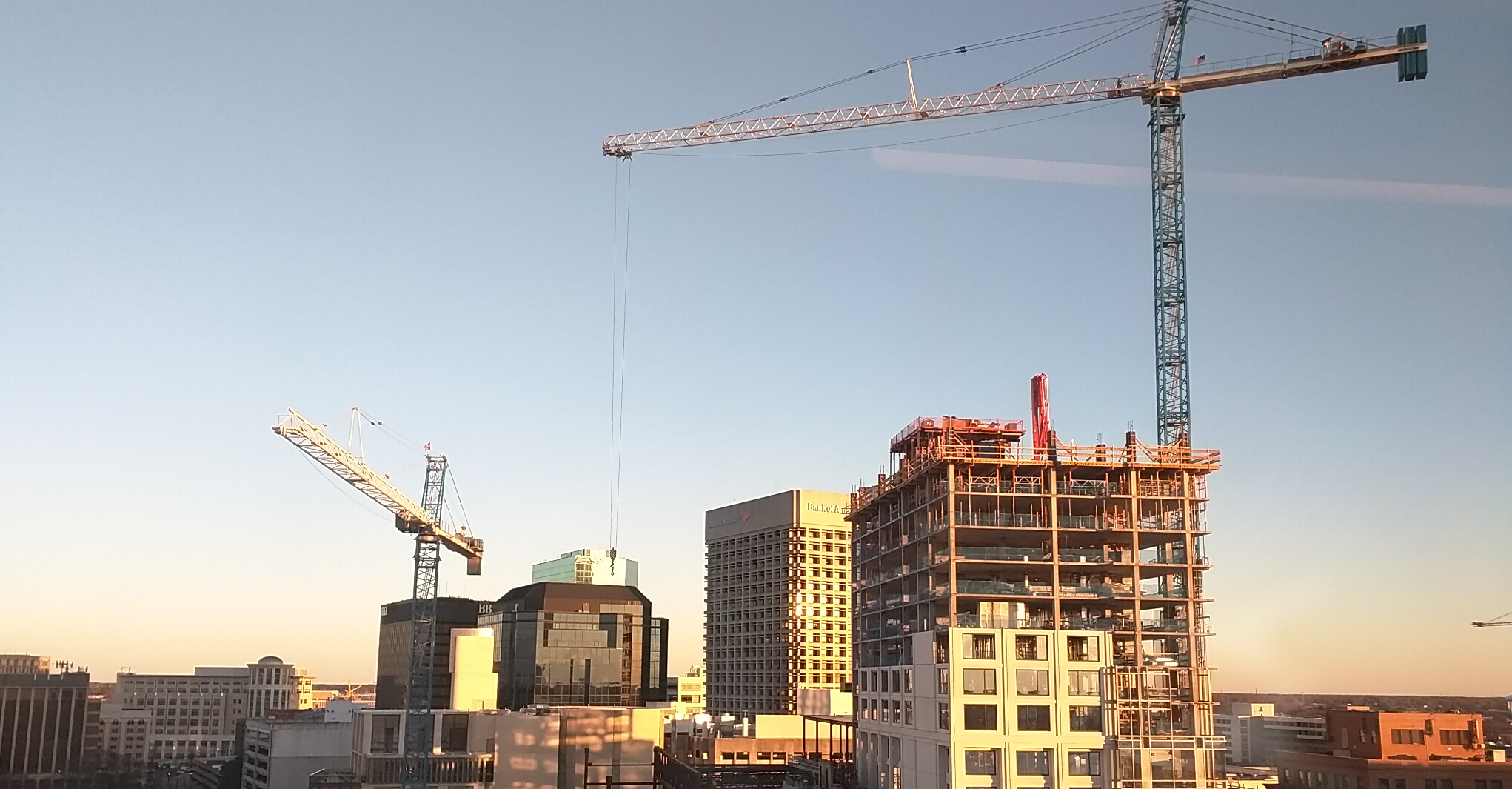“We’ve got to myth-bust our way to crane camera ubiquity.”
-Chris Machut
Podcast Audio / Streaming Video
Stream this article from your favorite podcast audio or video streaming service as referenced below.
Would you rather read the article? Read more below!
Article
I was probably destined for the blogosphere anyway. I talk a lot, people say. I really talk a lot about crane cameras, they add. But, on the cusp of 2021, I didn’t expect to arrive here with the same axe to grind that I had before industry’s first ever thought leaders started blogging all those years ago. Honestly, by now, I thought we’d be talking about a multitude of end user markets where crane cameras are standard and a distinctive high and low end of manufacturers competing for installation contracts. Ok, I should be careful what I wish for but, gosh, it feels like evolution is stuck on pause.
I’m no keyboard warrior—I’m a safety warrior—and I will use this platform to educate, inform and entertain audiences more widely as we go through my regular, monthly posts (the series starts in December 2020). However, my readers and I aren’t going to get far together if we don’t agree that we need to debunk certain myths that are hanging over the crane industry and its multitude of end user marketplaces like a dark shadow.
For clarity, I’m not questioning anyone who doesn’t buy a Netarus HoistCam system. I don’t intend to use (abuse) this platform for commercial purposes at all. But I do want to tackle head-on the broader ignorance, that heavy equipment operators are as safe and productive as possible when working in the blind. They’re not. And without acceptance of that truth, we can’t move on and make tangible best practice progress—above, below, or around the hook.
Think about the inherent advantages of delivering situational awareness that enhances safe operation and allows more efficient operation of the crane, thus, increasing productivity. Vision is up; stress is down; and the gains are incalculable. You might get away with not using a camera for a while, but the repercussions and consequences when things go sideways are far reaching.
The only area where this opening blog might preach to the choir is the UK construction market, where there does seem to be a general consensus that placing the eyes of the crane operator anywhere on the job is a good thing. Those bright Brits, eh?
In the UK and beyond, ask anyone who has used camera systems on lifting equipment in construction, logistics and material handling applications; they are unanimous in support for wider uptake of the technology. Support is growing in the steel and marine sectors too. We’re forming a growing community looking to tackle two myths in particular:
1. Cameras are tower crane products
2. Cameras check / pry on workers
Let’s debunk them one at a time.
First, I understand why people think that the farther an operator sits from a hook, the more beneficial cameras become. They see a crane operator hundreds of feet up on a high-rise construction site, picking pieces off the ground. Of course a camera has a role to play, they think. But a camera comes into play as soon as the operator is effectively working in the blind, which can happen even a few feet from the hook. With modern cab design a tower crane operator, while he needs a camera system, probably has better visibility than an electric overhead traveling (EOT) crane operator in a steel mill or indoor, industrial application.
Second, there is a long-standing, excruciating misconception that cameras are there to keep an eye on workers or check up on people on site. We’ve had many crane operators look at our systems at trade shows and be shocked by the clarity of image, ease of use and extent to which utilization would enhance their work. But they sometimes wonder if there’s a catch.
“Yeah, but my riggers won’t like being on camera all day.”
“What if my supervisor is watching my every move? That’s pressure I don’t need.”
Rest assured, employees at Netarus don’t go to work every day to create a system for bosses to trip up their workers. That’s what CCTV and other companies do. We’re about crane safety. We’re about people going home safely to their families at night. We’re about driving productivity and safety where a crane and a hook are involved. Our system does have a remote viewing and recording option, but it’s a bolt-on service, not the selling point.
Myths busted.
I accept the challenge to connect (and grow) what is currently a somewhat disconnected marketplace. Because of the very nature of the sectors where our cameras would be most beneficial, what happens on one site, might not be replicated up the road at another. Look at construction, for example: each site essentially runs as a separate business with dedicated management. They don’t necessarily look to what their peers are doing. We’ve got to change that. There will inevitably come a time when crane operators will be more outspoken too. It shouldn’t be a naughty little secret that cameras proved game-changing on a recent job.
So my closing message is two-pronged: first if you’ve seen the benefits of employing crane cameras, become a pioneer for the technology; we’re in this together. Second, if you haven’t, give it a try; one day, we’ll be in this together too.
Practically, the barrier to entry is low. We fabricate to order and currently most customers self-install with support from our technicians. Other users want an installed turnkey option where we will send out a technician or dealer to complete integration. Regardless, most installations are straightforward. We work with a number of resellers but most new customers want to work directly with us—and we get that.
I’ll share some inside knowledge with you: regulating authorities are already looking at mandating crane camera systems. In other cases, industry-specific authorities are examining the prospect of advising or enforcing implementation in certain applications. It really is a case of adopting a best practice before it becomes ubiquitous or even a requirement.
Latest posts by Chris Machut (see all)
- Episode 12 – “Crisis? Deal with it!” - November 19, 2021
- Episode 11 – “Entrepreneurship Sucks (Sometimes)” - October 16, 2021
- Episode 10 – “Offensive and Defensive Leadership” - September 15, 2021










